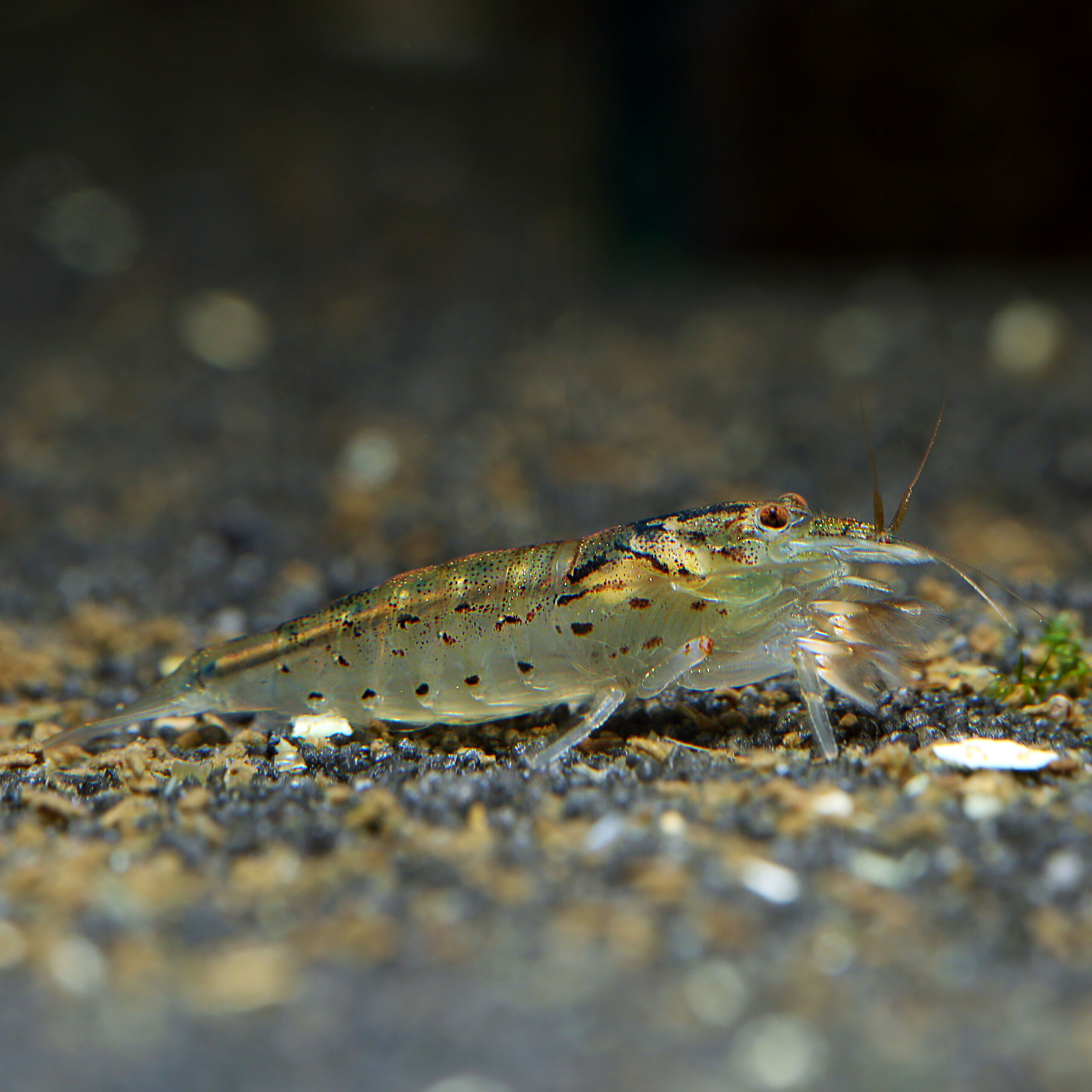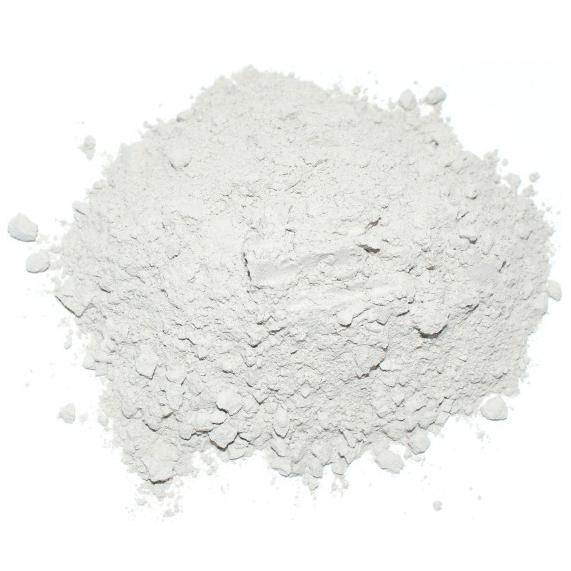Green Lace Shrimp
Atyoida pilipes
The Green Lace Shrimp is a beautiful species of wild shrimp for aquariums with strong currents.
- filtering type of shrimp
- dark dots and stripes
- no reproduction in fresh water
Out of stock
Receive in-stock notifications for this.
 Delivery in a few working days
Delivery in a few working days
 Free shipping from €60 across Austria
Free shipping from €60 across Austria





Important data
Product description & details
The Green Lace Shrimp or mini fan shrimp (Atyoida pilipes) is a freshwater shrimp and originally comes from the Indonesian island of Sulawesi. Its natural habitat is stream sections with a lot of current. With its size of around 6cm, it is one of the smaller fan shrimp species. The body of this shrimp is transparent, can be slightly yellow to blue and is decorated with dark dots and small stripes.
Care in the aquarium
Due to its size, the Green Lace Shrimp requires an aquarium with at least 60cm edge length or 54 liters capacity. Since these are group animals, at least 5 animals should be cared for together. Above all, the aquarium must have good current or at least zones with good flow in order to enable this filtering shrimp to consume food. The Green Lace Shrimp should be kept at a temperature of 22 to 27°C and a pH value of 6.5 to 8.0. These light colored shrimp look most beautiful on a black background. The Green Lace Shrimp is an absolutely peaceful shrimp species that can easily be associated with fish and invertebrate species that do not prey on it and feel comfortable under the same conditions.
Feeding
Like all fan shrimp, the Green Lace Shrimp is a filter feeder. With its long fan-like bristles on the first two pairs of walking legs, it filters food particles from the water in the current and guides them to its mouthparts. There should be some mulch in the aquarium and supplementary feeding with suitable dust food. Spirulina and chlorella powder, powdered foods for shrimp and of course special foods for fan shrimp such as Shrimp King Atyopsis from Dennerle are well suited.
Sexual characteristics and breeding
Sex determination is usually only possible in sexually mature animals. Juveniles and males have a narrower underside of the abdomen, while sexually mature females have a wider underside that covers the swimming legs like a “skirt”. This widening of the abdomen serves to protect the eggs, which the female carries and cares for between her swimming legs until they hatch. Also, female Green Lace Shrimp are significantly larger than the males. Atyoida pilipes belongs to the primitive reproductive type and requires salt water to reproduce. In contrast to shrimp of the specialized reproductive type, the females of the Green Lace Shrimp do not release finished shrimplets, but rather several hundred larvae, which in nature are washed into salt water and go through several larval stages until they develop into finished shrimp and return to fresh water. Therefore, in a freshwater aquarium breeding is not possible.








